Image above: © Ian Ruhter / courtesy of Danziger Gallery.
In time for Danziger Gallery's 25th anniversary, Ian Ruhter and the first exhibition of his work in New York. Ruhter’s photographs, following in the steps of the great 19th century American landscape photographers transform the imagery of the west into a scale unimaginable in their time. Creating unique large-scale collodion wet plates up to 48 x 60” (as well as making same scale archival pigment prints from the collodion plates) Ruhter blends old and new technologies to create powerful and resonant artworks.
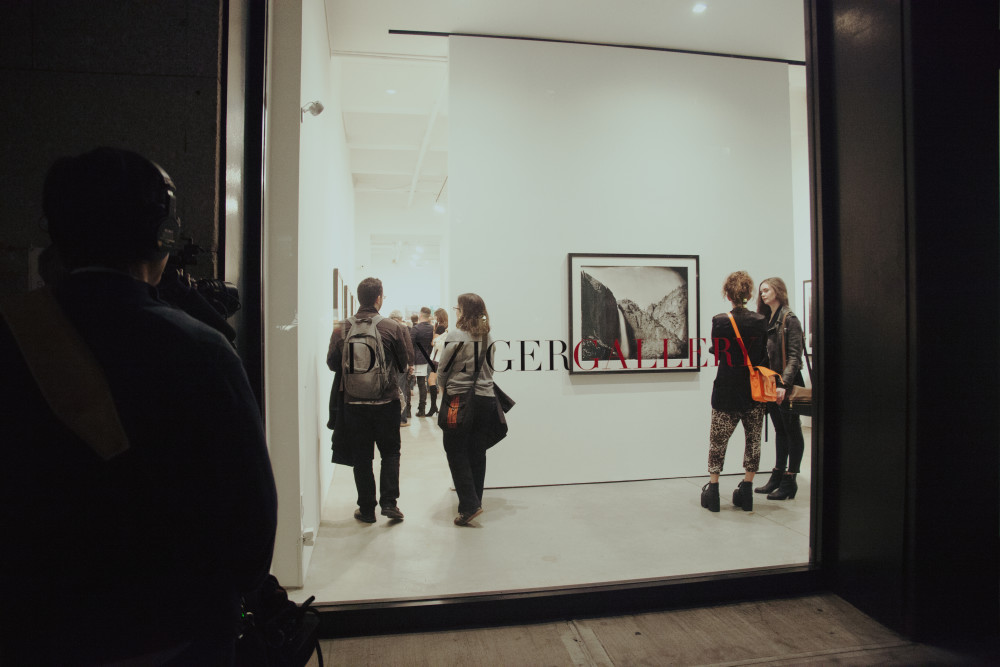 Image above: © Ashley Comer
Image above: © Ashley Comer
Ruhter began his experiments with the wet plate collodion process five years ago. The nineteenth century photographic process involves pouring a liquid mixture of iodides, bromides, and a solution called collodion over a glass or aluminum plate. The plate is then bathed in silver nitrate, making it light sensitive. The plate must then be quickly exposed and developed in just a few minutes, before the collodion dries and loses sensitivity. Obsessed with perfecting the wet plate collodion process but eager to move from the traditionally small hand held plates to something larger, Ruhter’s epiphany came when he realized he needed to shoot from within the camera to create the size of wet plates he had envisioned. To achieve this Ruhter converted a large delivery truck into a giant mobile camera and traveling darkroom.
Regardless of the protection of the truck, the process is laborious and extremely unpredictable as temperature and moisture can affect the chemicals and alter the developing process, ruining a wet plate. However, when everything works, the results of this highly intense labor can produce a unique and incredibly detailed image with rich layers of silver suspended in emulsion producing an almost three dimensional effect. Because the process is produced and controlled entirely by hand, each plate is inherently unique, with the chemicals’ process leaving irregular and ghostly shadows, halos, and ripples in each plate.
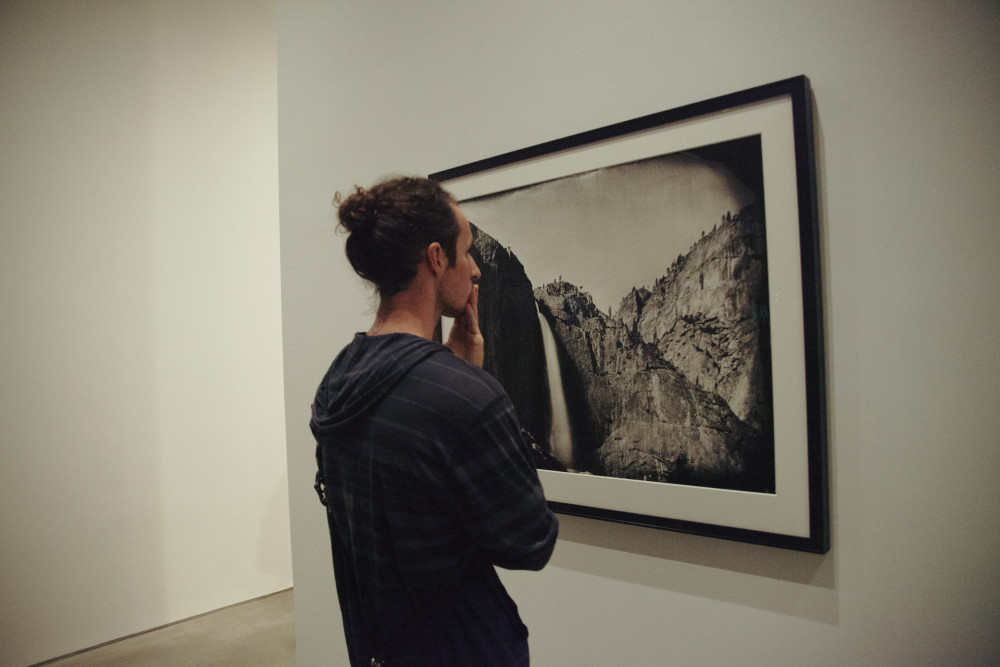 Image above: © Ashley Comer
Image above: © Ashley Comer
As Ruhter says of his work, he has time traveled back into the future. “When I designed the apparatus that allowed me to make the pictures in the 48 x 60" size I had to invent a new way of working with this process. Many told me this wasn't possible but in fact I was able to achieve what had not been possible for 150 years.”
Taking up the front and back room of the gallery, we will exhibit both the original collodion plates and the pigment editions of Ruhter’s Yosemite and newer Monument Valley work.
The gallery’s middle room will display selected works by some of Ruhter’s well known peers – Matthew Brandt, Michael Light, Andrew Moore, Jim Krantz, and David Benjamin Sherry – all of whom have helped re-imagine and re-invigorate the Western pictorial tradition.
--
Along with Ian Ruhter’s collodion prints the gallery has assembled a selection of work by some of the most notable photographers working today who have reinvigorated and reimagined the photographic western landscape tradition.
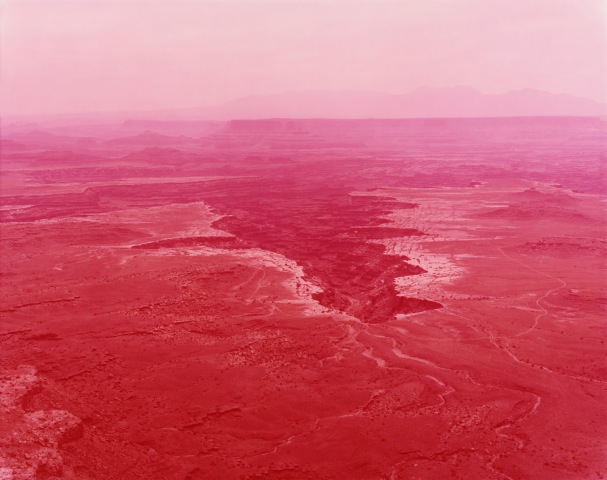 Image above: © David Benjamin Sherry / courtesy of Danziger Gallery.
Image above: © David Benjamin Sherry / courtesy of Danziger Gallery.
Matthew Brandt’s experiments with process include his “Lakes and Reservoir” series – color photographs that are soaked in the specific lake or reservoir water that they represent. Over time, the lake water both developed the print and degraded the emulsion creating an unpredictable collaboration with nature.
For the last 16 years, Michael Light has been flying his own small plane over the American west investigating how both man and nature make their mark on the landscape. Not looking for pretty shapes, Light documents the impact of industry and development while not being immune to the sublime attraction of light itself.
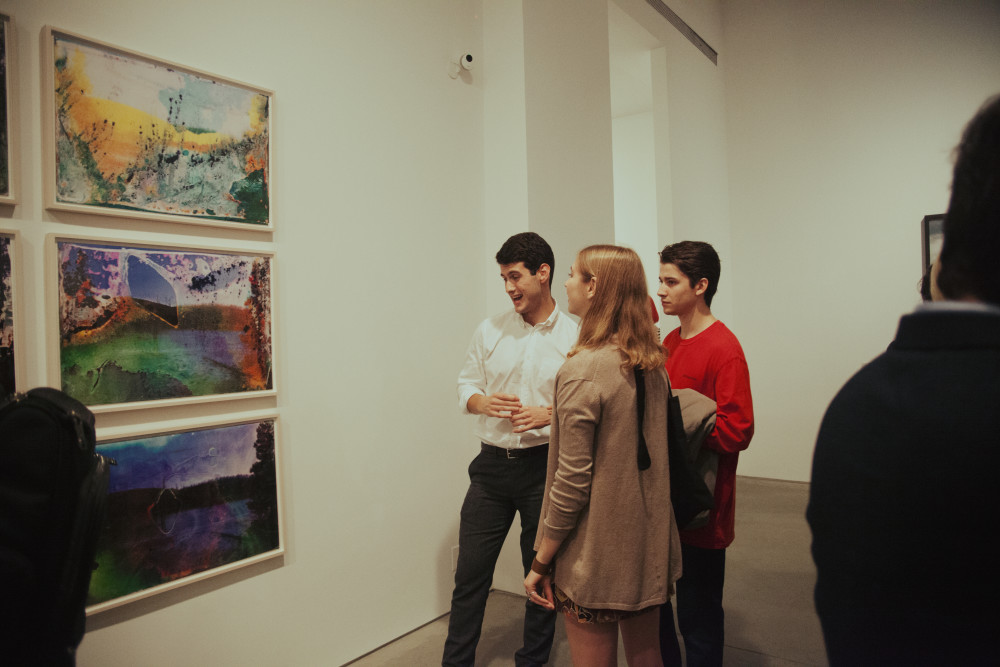 Image above: © Ashley Comer
Image above: © Ashley Comer
Jim Krantz occupies a unique place in the history of contemporary art and photography. His pictures of cowboys were re-photographed by Richard Prince and became not only the highest selling images to be auctioned but were used by the Guggenheim Museum when they held their Prince retrospective. Focusing largely on the American West, Krantz is known for combination of technical skill and the emotive resonance of his imagery.
Andrew Moore is best known for his richly colored images of architectural and urban scenes. Using a large format camera, Moore’s work blends the formal vocabulary of fine art photography with the narrative approach of the documentary. Most recently Moore has been photographing the American High Plains.
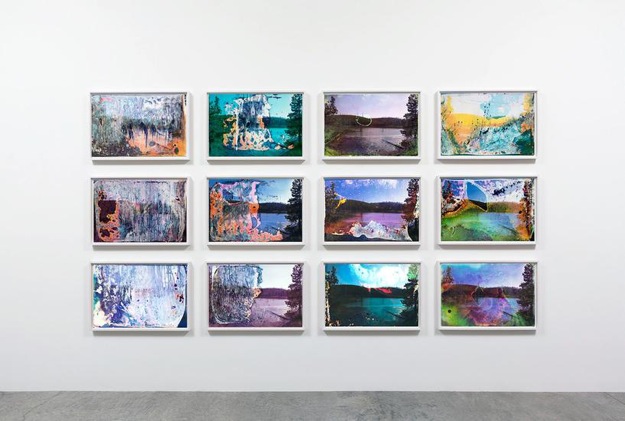
Image above: © Matthew Brandt / courtesy of Danziger Gallery.
David Benjamin Sherry’s mono-color landscapes come from a series of analog photographs taken as the artist traveled through the Western and Southwestern states. Seeing the world in both a heartfelt and postmodern way, Sherry’s pictures are vividly colored renditions of the American wilderness, transforming iconic vistas and familiar panoramas into large-scale color fields.


